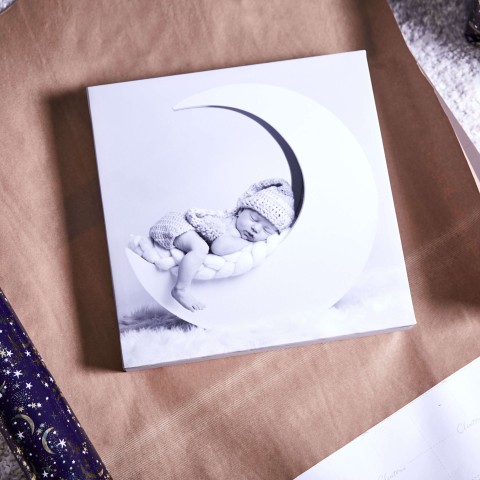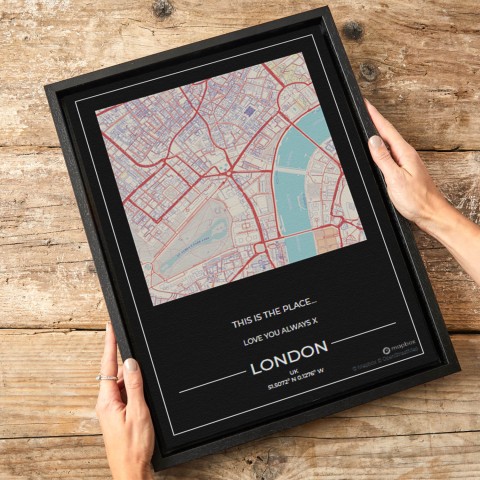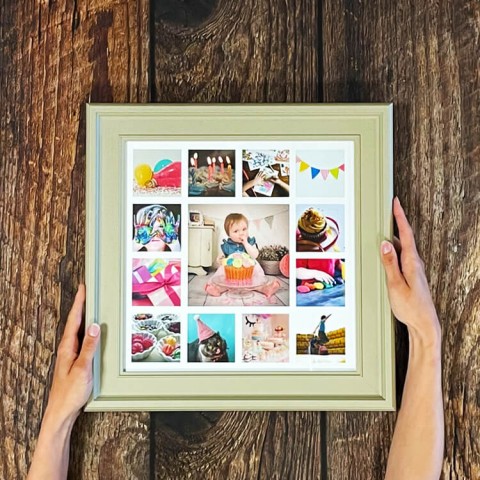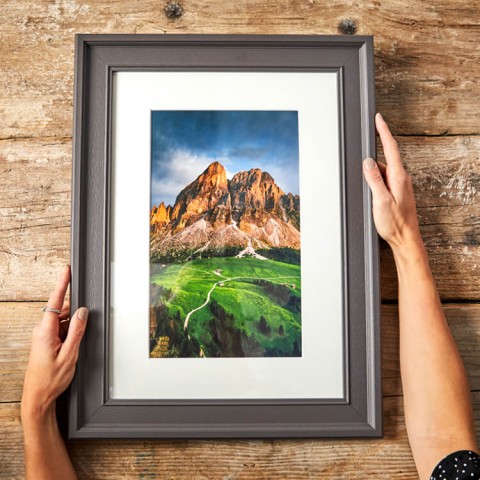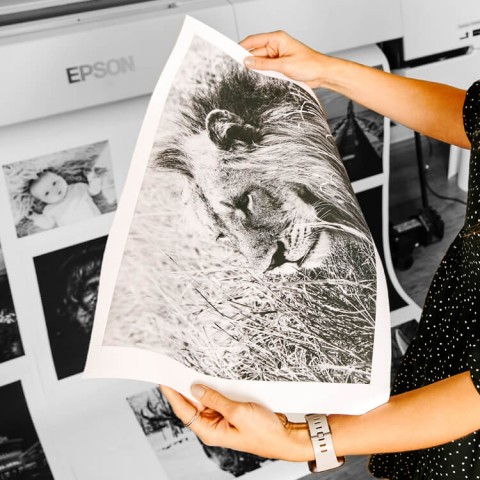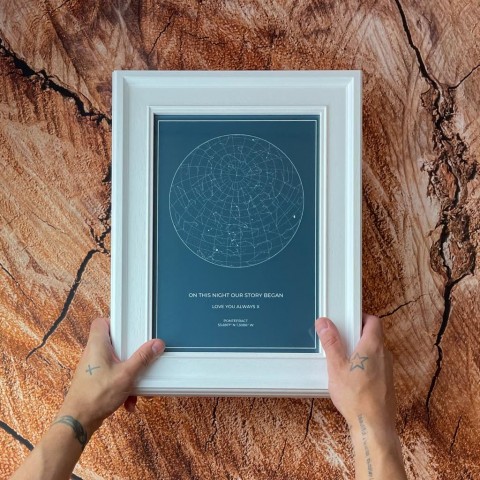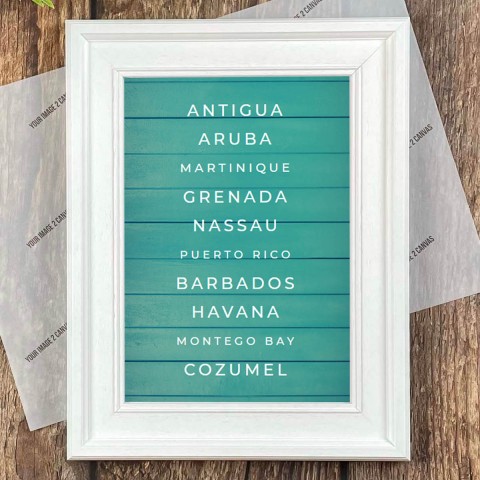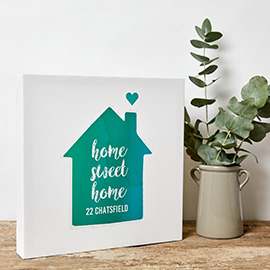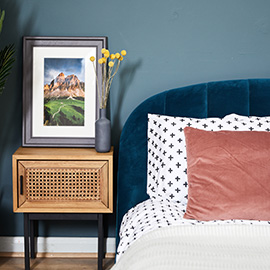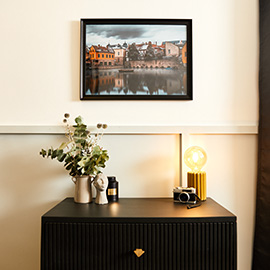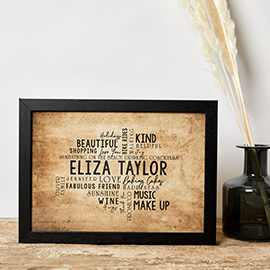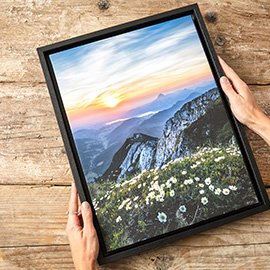Prime Lens Magic on a Budget
Lens as promised, we’re going to be posting a series of photography tips for amateurs who are looking to hone their skills and build their knowledge of equipment. This week, we’re looking at the best prime lenses on a budget.
It’s often repeated in photography circles, but there really is something magical about a prime lens. Whether it’s the ability to isolate your subject because of the fast aperture, or the blistering sharpness these lenses offer, they simply produce results that make you smile. The beauty of these lenses is that it’s possible to get great results without spending a small fortune – perfect for printing onto canvas as you’ll get that all-important professional finish without breaking the bank. Let's take a look at a few of the budget offerings on the market...
For most people, the first prime they’ll buy will be a 35mm or 50mm f/1.8 and up until just a few years ago it would almost certainly have been the latter. It’s always been possible to pick up a 50mm f/1.8 for under £100 that would knock the socks off the kit lens you'll have been used to shooting with when you first bought your DSLR. Canon and Nikon got this simple lens sussed to such a point that they sold in their millions, and you can still buy, essentially, the same lens today. Canon's 50mm f/1.8 II can be picked up for around £75 brand new, and Nikon's 50mm f/1.8 D for just over £100 – with the G version coming in at just £50 more. Sony and Pentax also offer similarly priced lenses that offer the same kind of performance.
Great performance and price point
With so many expensive options on the market, let’s face it, it's hard to fault a lens in this price range. It’s true that none of these are particularly sharp when wide open (except for the Nikon 50mm f/1.8 G, which is stellar), but step down to f/2.2 and they’ll all offer a surprising level of performance quality. Having this speed available for the price of a good night out is often the first step towards seriously catching the photographic bug for most people. When you first see the shallow depth of field a prime can achieve, coupled with the ability to shoot hand-held in situations that your old kit lens would crumple under is a revelation.
50mm was considered the standard prime on old film cameras and, more recently, on full frame digital bodies too - because it offered roughly the same field of view as the human eye. Most new photographers will be shooting with cropped bodies though, which means that the 50mm can leave you a little cramped at times, as it offers a field of view of around 75mm depending on the crop factor of your DSLR.
So what's the answer? A 35mm prime, of course! Budget 35mm primes have rarely been as popular as they are now. Canon no longer make the 35mm f/2 non-IS lens as it's been superseded by the IS version, which is much more expensive – but they can be picked up second-hand for around £100, making it much more affordable for the amateur photographer. If you’re starting to take your photography a bit more seriously, it’s worth joining some forums where you’ll find a lot of used kit for sale.
If you’re looking for great quality in this kind of price range, Nikon offer the full frame 35mm f/2 D –
an older tech lens that still performs pretty well – and the wonderful 35mm f/1.8 G. Sharp as a tack wide open, brilliant colour rendition and both a bit of a steal at around £150!
As you can see, it is possible to dive into the wonderful world of primes without breaking the bank. Next week we'll have a look at how to get the best from them.
Tags canvas print, canvas photography


